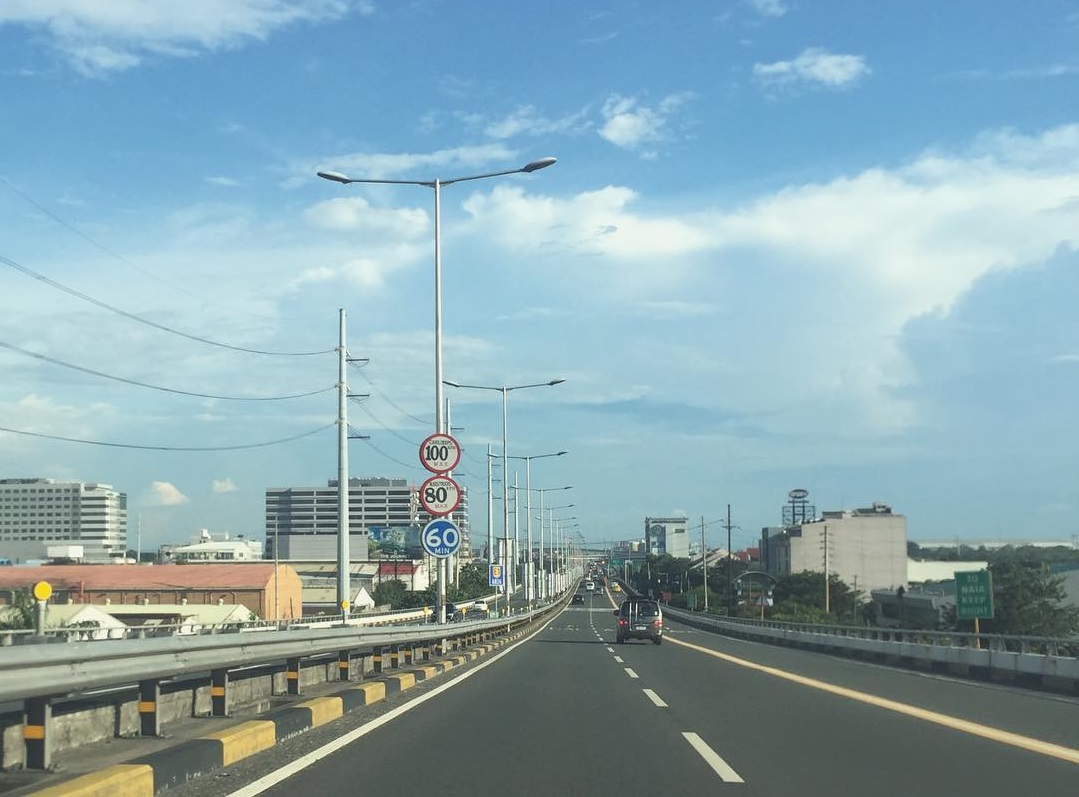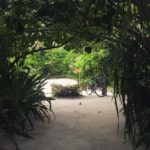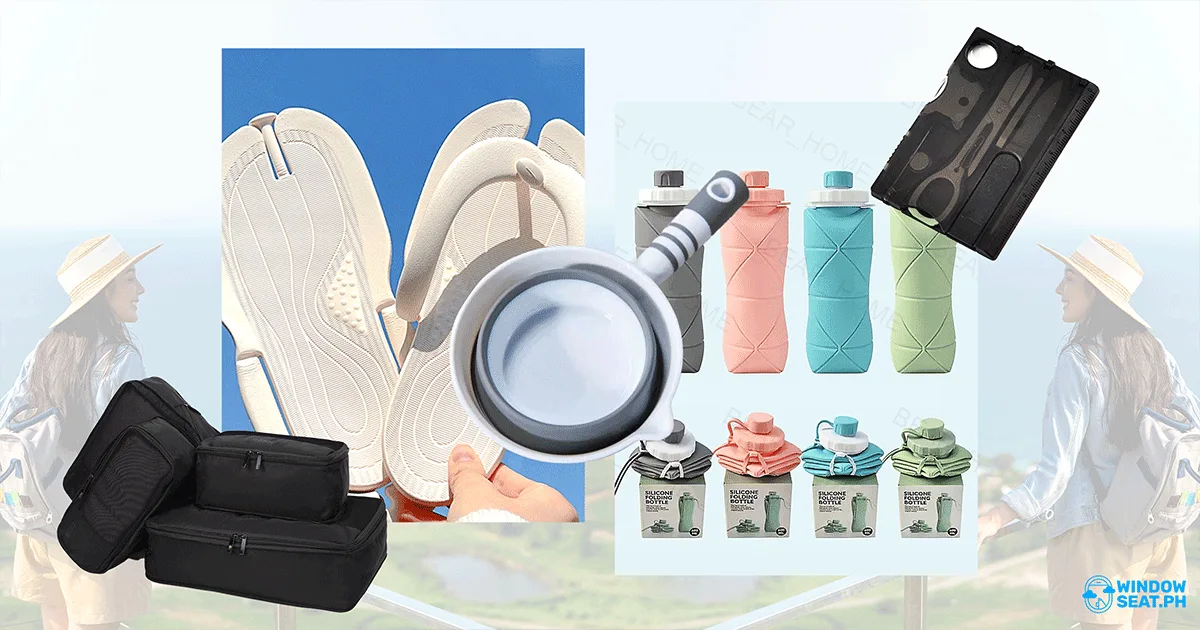Reconnaissance of the Labyrinth
An author ponders on travel, mazes and wanderlust.
by Karl R. De Mesa | November 01, 2016

I disagree with Borges. Or, rather I beg to differ with the locus of one of his stories. In The Waiting his narrator sums up the guidon of his philosophy as a negation. “Unlike people who read novels,” he writes, “he never saw himself as a character in a work of art.”
Nothing could be farther from the truth. Our anthropological impulse is to construct narrative. In 1944, a study involving 34 Massachusetts college students were shown a short film and asked what was happening on screen. What the film displayed were two triangles and a circle moving across a 2D surface. There was also a rectangle, standing static at a corner and partially open on one side.
Everyone constructed narratives to explain what was happening on screen with the shapes. Only one out of 34 subjects saw this scene as moving geometric shapes, which is all the scientists made them to be.
A Time article on the research findings, say, “Typically, the participants viewed the triangles as two fighting men and the circle as a woman trying to escape the bigger, bullying triangle. Instead of registering inanimate shapes, they imagined humans with vivid inner lives. The circle was `worried’. The circle and the little triangle were ‘innocent young things.’ The big triangle was ‘blinded by rage and frustration.’
Someone goes on a journey. A stranger comes to town.
These are the two mantras of fiction drilled into you at any writing course worth its salt. From these two, you can construct anything. Gravity’s Rainbow to The Pelican Brief. Nick Joaquin to Bob Ong. They are the ribosomes of DNA narrative, the arabesque and the South Paw stance.
Travel is its own work of art. Its barriers to entry are getting lower as we find easier, more comfortable ways to circumnavigate the planet. I am reminded of graffiti: the scrawl of a maze in fat gangland font left by some enterprising street artist at an abandoned, newly wrecked house that I pass by on my commute a block away from the TV5 network compound.
It’s easy to get into (buy spray can, find wall, spray) but tricky and challenging to execute on the level of art. The labyrinth cannot be mapped. That doesn’t mean you should stay still. Like the hunt for the Minotaur, travel can be made for its own sake. It’s like saying those moving geometric shapes lacked meaning just because they were simply triangles, circles, and a rectangle made to move randomly on-screen.
As a corollary, the stick figures with lines surrounding a big circle with a long curved line at the front they found scrawled on a cave wall is not a tribe bringing down a mammoth. The graffiti on the ruins was simply an impulse by some young thug painter wanting to vent his frustration through vandalism and not a mark of gang territory.
Fear is where we go to learn. Travel is a means of learning to control terror by the declaration: nobody needs to stay anywhere forever. Not even the Minotaur in his labyrinth.
Why do I travel? I travel because a Muslim soldier, his shoulders wrapped with bandoliers of ammo, offered me a cup of coffee with a smile so genuine no barista has ever come close to duplicating it. I travel because I once traded a kiss for privileged information. I also traded a story for a free meal of inasal and rice. Not much has tasted as good, since. I travel because adventure comes from the Latin adventura or “what must happen”; a situation whose end result isn’t in your control. I travel because I saw the sun set over a traveler’s palm at the top of a mountain we had spent a day ascending. I travel because I was almost mauled by a water buffalo in the middle of a rice field as I walked back to our billet from the farm’s outhouse. I travel because I wanted to escape opprobrium.
I travel for such music as I heard blasting out of a provincial stage possessing the brawn of shamanic ecstasy conjured with two spray cans set afire and lyrics in a mixed patois of Bisaya, English, and Tagalog. And I wept at the beauty of it.
The labyrinth is vast and enduring and satiated with palimpsests. It defeats maps. I travel because there is no need to stay anywhere forever.
This is an excerpt from the book “Report from the Abyss” (Visprint, 2013)









